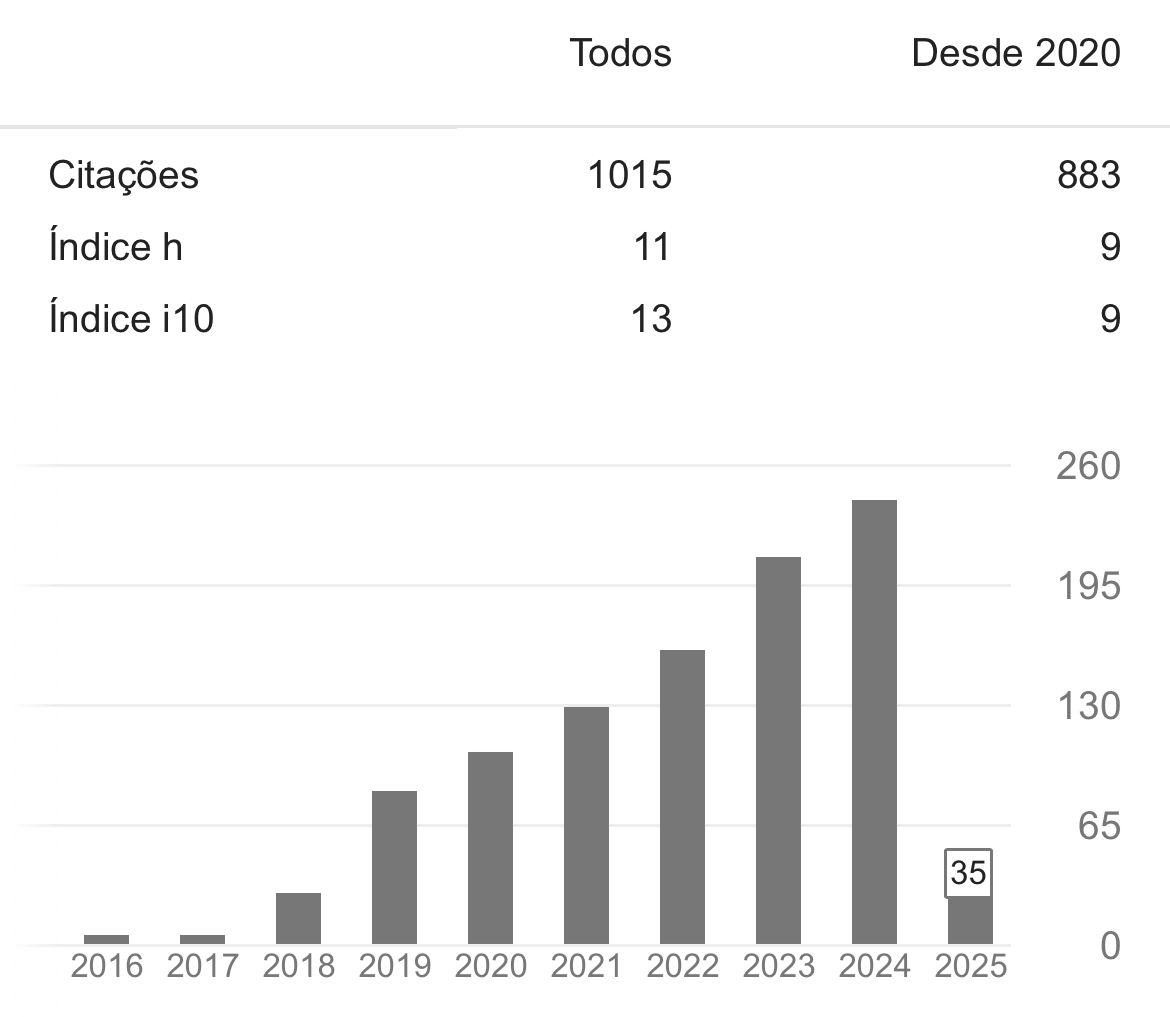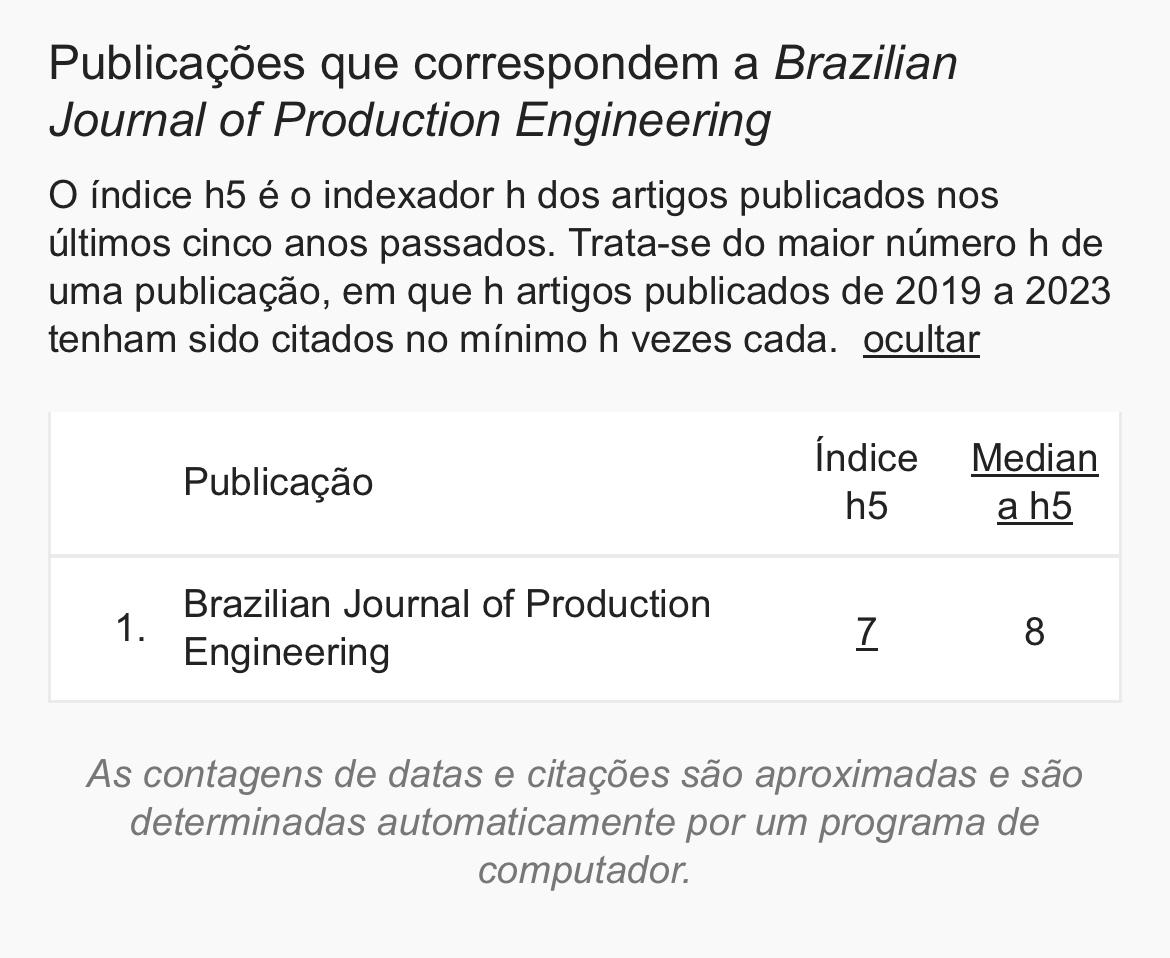Application of management tools aiming to reduce losses in the production process in a capixaba glass factory
DOI:
https://doi.org/10.47456/bjpe.v8i2.36972Keywords:
PDCA, Ishikawa, losses, process, Lead timesAbstract
The current scenario requires companies to optimize processes, whether in the use of tools, use of raw materials, or even the hiring of employees, providing lean production. Thus, attention to processes is of great importance, to reduce not only lead times but also losses during product manufacturing. Based on the ideal of reducing waste, this study aims to identify the sector where the greatest losses occur and act to minimize or eliminate these loss indicators in the evaluated production process. In order to reach the results through the research, several data from the factory's production process were collected, such as monthly losses, the monthly quantity produced and the employees' income during the execution of activities. By applying the Pareto Diagram, SWOT Matrix, Ishikawa Diagram, 5W's 2H's, and PDCA cycle tools, it was possible to identify the critical point of the process and quantify the losses guiding decision-making. Thus, an action plan was developed to work in the glass cutting sector, the initial sector with the largest input and output volume of orders in the organization during the production process.
Downloads
References
ABIVIDRO. (2004). Anuário 2003. Associação técnica Brasileira das Indústrias Automáticas de Vidro.
Akerman, M (2013). Introdução ao Vidro Plano e sua Produção. Escola de vidro. São Paulo, USP.
Carvalho, M. & Paladini, E. (2019). Gestão da qualidade: teoria e prática. São Paulo: 4ªedição, Editora Atlas.
Chiavenato, I. & Sapiro, A. (2015). Planejamento Estratégico: fundamentos e aplicações. 3ªedição. Rio de Janeiro: Editora Gen LTC.
Ewald R. & Silva, C. (2020). Inovação em sistemas de produção na era da indústria 4.0 – Teresina: Kindle Direct Publishing, 1ª Edição.
Giacomin, E. & Freitas, V. P., de. (2012). Material o vidro. Faculdade de Engenharia da Universidade do Porto – Porto Portugal.
Ishikawa, K. (1993). Controle de qualidade total: à maneira japonesa. Rio de Janeiro: Campos.
Maia, S. B. (2003). O Vidro e Sua Fabricação - Interciência, Rio de Janeiro.
Oliveira, D. (2013). Sistemas, organização e métodos: uma abordagem gerencial – 21. ed. - São Paulo: Editora Atlas.
Paladini, E. (2011). Avaliação estratégica da qualidade. 2ªedição, São Paulo: Editora Atlas.
Peinaldo, J. & Reis, A. (2007). Administração da produção: operações industriais e de serviços – Curitiba: UnicenP.
Santos, W. J. (2000). Caracterização de vidros planos transparentes comerciais. Laboratório de Engenharia de Materiais, Universidade do Extremo Sul Catarinense - UNESC, 88806-000, Criciuma-SC, Brasil.
Seleme, R. & Stadler, H. (2012). Controle da qualidade: as ferramentas essenciais. 2ªedição, Curitiba: Ibpex Editora - Intersaberes.
Silva, A. O., Roratto, L., Servat, M. E., Dorneles, L., & Polacinski, E. (2013). Gestão da qualidade: Aplicação da ferramenta 5W2H como plano de ação para projeto de abertura de uma empresa. Horizontina.
Shahir, H. Y., Daneshpajouh, S., & Ramsin, R. (2008). Improvement strategies or agile processes: a SWOT analysis approach. In: Proc. of the SERA Conference, p. 221-227.
Shewhart, W. A. & Deming, W. E. (1986). Statistical method from the viewpoint of quality control - Courier Corporation.
Shiba, S., Graham, A., & Walden, D. (1997). TQM - quatro revoluções na gestão da qualidade. Porto Alegre, Artes Médicas.
Slack, N., Brandon-Jones, A., & Johnston, R. (2018). Administração da Produção. 8ªedição São Paulo Editora Atlas.
Tooley, F. V. (1984). The Handbook of Glass Manufature - Ashlee, New York.
Tubino, D. (2017). Planejamento e Controle da Produção: teoria e prática – 3ªedição São Paulo. Editora Atlas.
Ujlman, D. R. & Kreidl, N. J. (1984). Glass Science and Technology. 2, Processing I, Academic Press, Orlando.
Ujlman, D. R. & Kreidl, N. J. (1986). Glass Science and Technology. 3, Viscosity and Relaxation, Orlando.
Downloads
Published
How to Cite
Issue
Section
License
Copyright (c) 2022 Brazilian Journal of Production Engineering - BJPE

This work is licensed under a Creative Commons Attribution-NonCommercial-ShareAlike 4.0 International License.

















































































